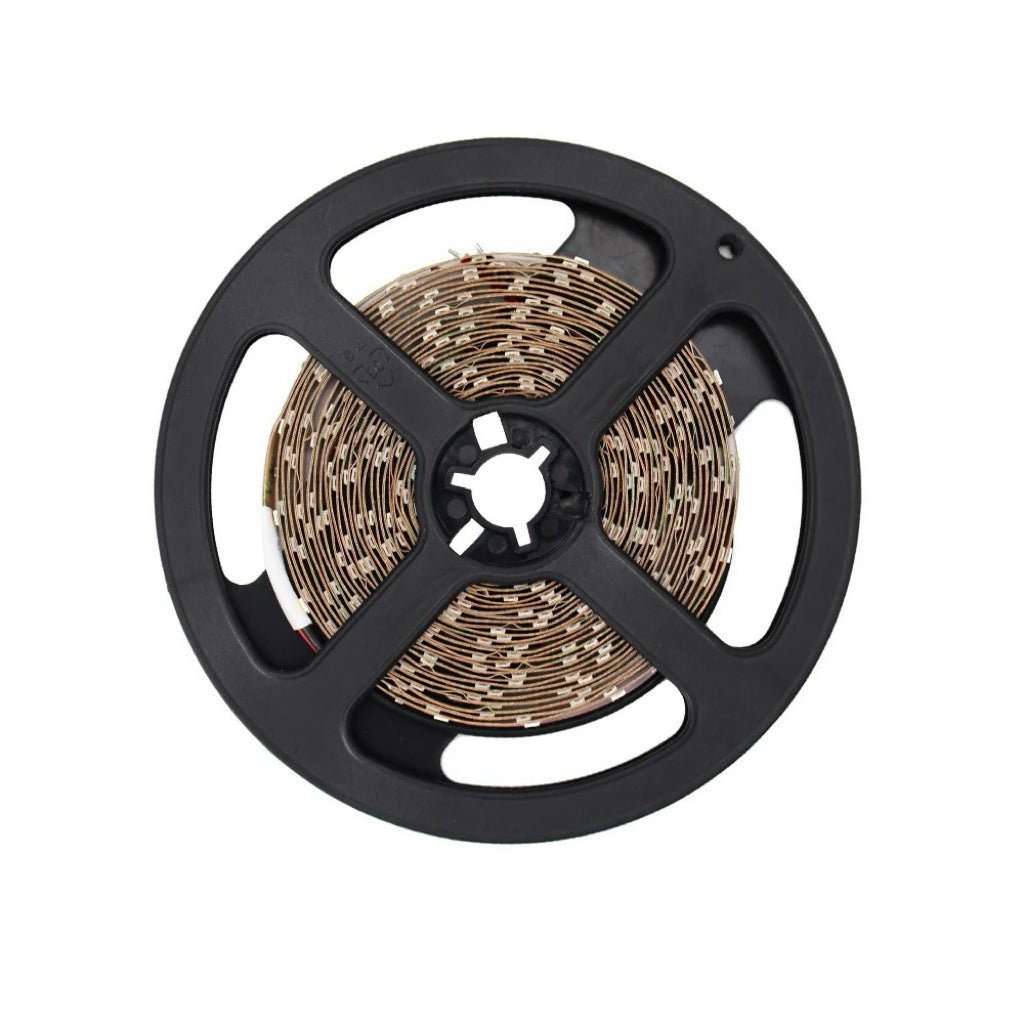Light Penetration in Depth: Understanding How Photobiomodulation Works
In modern rehabilitation and medical fields, photobiomodulation technology is being widely integrated into experimental equipment and therapy devices. The core principle is that when light at specific wavelengths shines on the skin, photons penetrate the epidermis and dermis and are absorbed by cytochrome c oxidase in the mitochondria. This triggers mitochondria to produce more ATP, the “energy currency” of cells.
With increased ATP levels, cells show enhanced repair capacity, improved protein synthesis, and reduced inflammatory responses. For medical researchers, this mechanism supports studies in pain management, muscle injury recovery, and neural regulation, and allows simulation of complex therapeutic scenarios in the lab.
Near‑infrared wavelengths are particularly valuable because they penetrate deeper than visible red light, reaching nerves, tendons, and muscle tissues beneath the skin and providing more research variables and reliable data.
Clinical Value of 810 nm: Why It Is Called the Golden Wavelength
Different wavelengths interact differently with human tissue in terms of absorption and scattering. Choosing the right wavelength is critical for therapy and research.
The 810 nm range falls within the “optical window,” where water and hemoglobin absorption is low and tissue transparency is higher, enabling deeper light delivery at safe power levels.
Extensive studies have shown that 810 nm is effective in accelerating wound healing, reducing inflammation, and easing pain, and it is also used for neural protection, post‑operative recovery, and soft tissue modulation. Compared with traditional 660 nm red light, 810 nm penetrates deeper layers, making it widely used in deep tissue stimulation and experimental simulations.
For manufacturers and research institutions, using LED strips with stable 810 nm output ensures consistent illumination across various testing conditions, reducing adjustment time and guaranteeing repeatable, comparable results.
How to Meet Experimental Needs: Key Designs for Stable Power and Heat Control
Medical and research applications demand higher stability and consistency from their equipment. LEDLightsWorld designed the 810 nm infrared LED strips with these requirements in mind. They operate with a standard 12 V DC input, compatible with common lab power supplies, so they can be easily integrated into devices and prototypes.
For heat control, the strips use high‑efficiency PCBs and quality thermal materials to maintain stable temperatures during extended operation, allowing researchers and device developers to run continuous exposure tests with confidence.
Notably, two core models offer flexibility for different applications:
|
Model |
Size Features |
Light Output |
Best Use Case |
|
SMD2835‑810nm |
Compact and easy to arrange |
Even, soft illumination |
Precise layouts and portable devices |
|
SMD5050‑810nm |
Larger single LED package |
Higher intensity, brighter output |
Large‑area therapy devices or lab platforms |
These options allow researchers to achieve uniform lighting in compact devices or higher intensity for broader coverage. In addition, each model is available in bare board, gel‑coated, or silicone‑sleeved versions, ensuring reliable operation whether installed internally or exposed to challenging environments. This design helps move smoothly from proof‑of‑concept testing to actual product integration.
Flexible Customization Solutions—Length, Power, and Protection at a Glance
|
✂️ Flexible Cutting |
🔌 Multiple Power Options |
💧 Protection Choices |
|
Each 3‑LED section can be cut, making it easy to fit tight spaces in portable devices or cover larger experimental platforms while reducing waste and maintaining uniform illumination |
Standard 12 V DC works with most lab supplies; for higher intensity and larger coverage areas, 24 V drivers can be used with parallel or segmented wiring to achieve greater power |
Multiple housing options: bare board for integration, gel‑coated with IP65 for damp environments, and silicone‑sleeved with IP67/68 protection for outdoor or challenging conditions |
|
✨ Rapid Customization |
🔧 Varied Connectors |
📦 Fast Delivery |
|
Prototyping and custom builds based on your layout and performance needs help accelerate development cycles |
Different terminals or connectors can be specified to match existing circuits, reducing post‑integration work |
Standard products are in stock, and customized orders are supported with efficient production and delivery to keep your projects on schedule |
Conclusion
From the science of photobiomodulation to the proven clinical advantages of the 810 nm golden wavelength, and from stable power and thermal management to flexible customization options, LEDLightsWorld’s 810 nm infrared LED strips provide a trusted lighting solution for therapy and research.
Visit LightingWill IR Series Product Page for more technical details and customization support to help bring your medical or research project to the next level.



Hinterlasse einen Kommentar
Diese Website ist durch hCaptcha geschützt und es gelten die allgemeinen Geschäftsbedingungen und Datenschutzbestimmungen von hCaptcha.